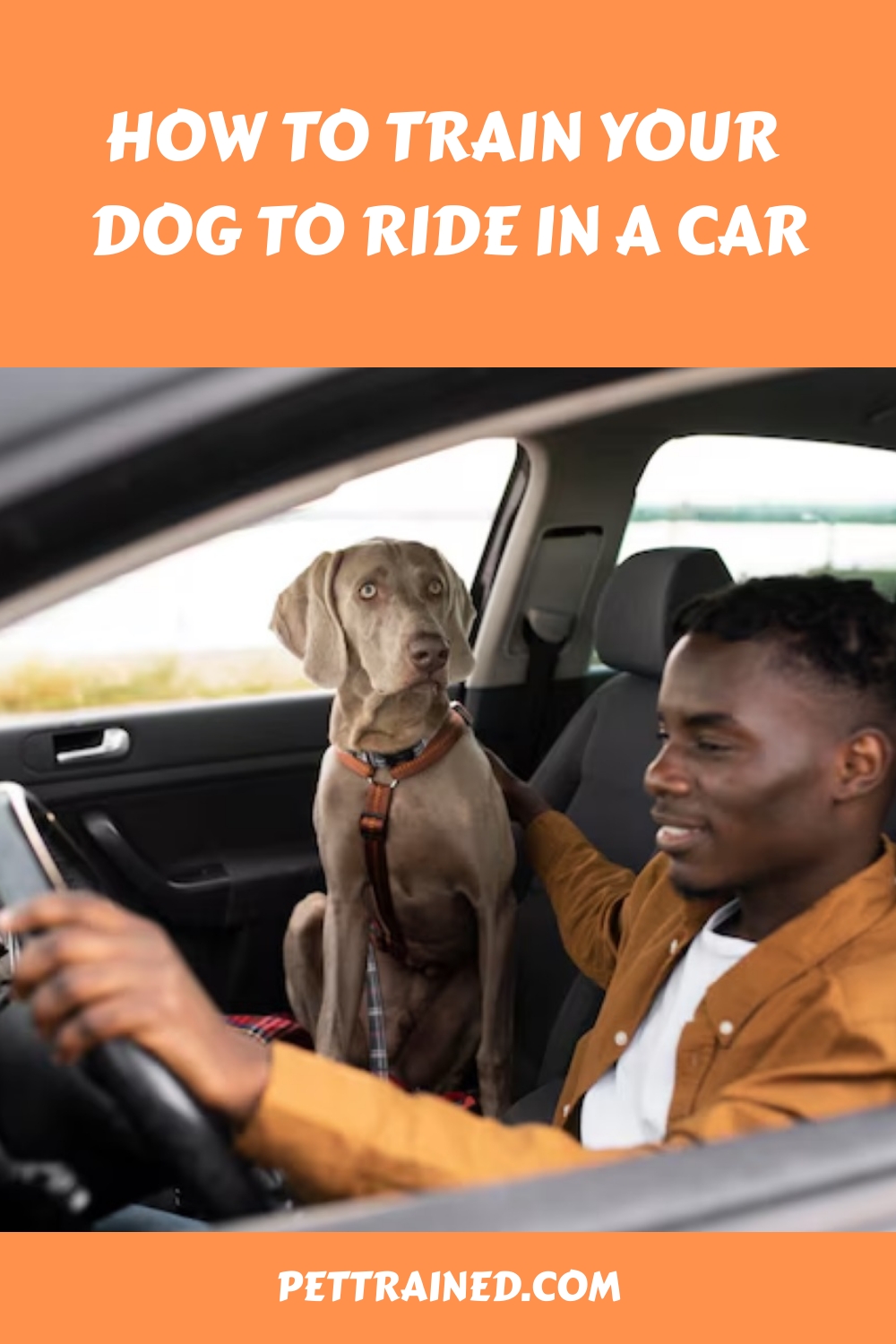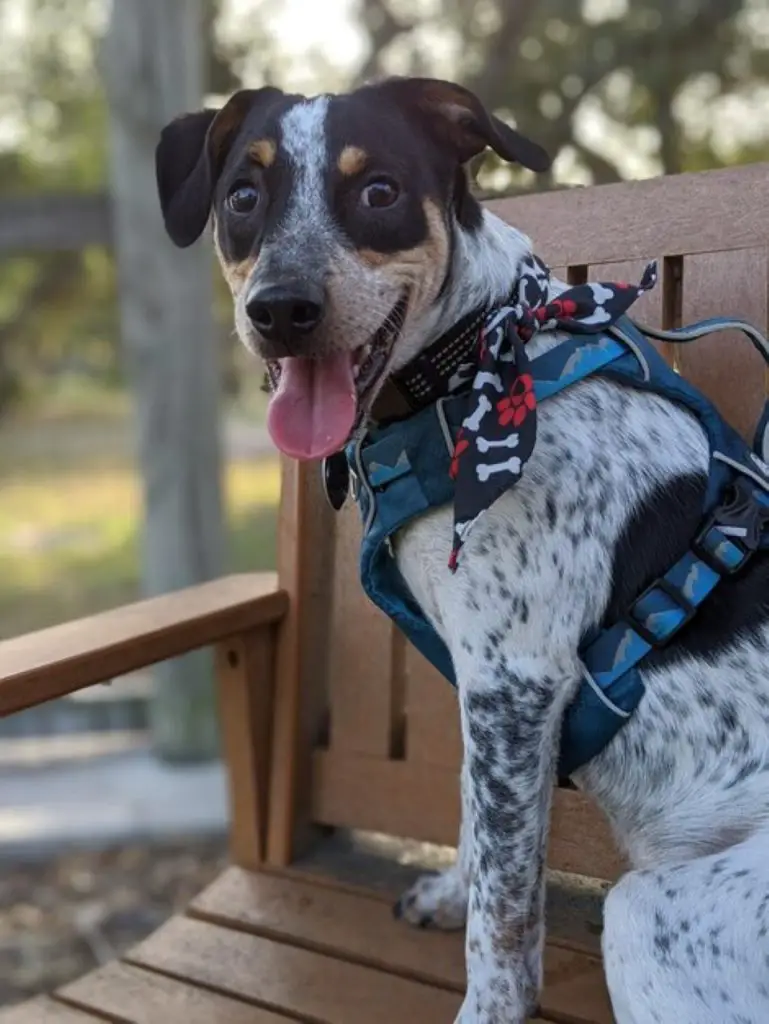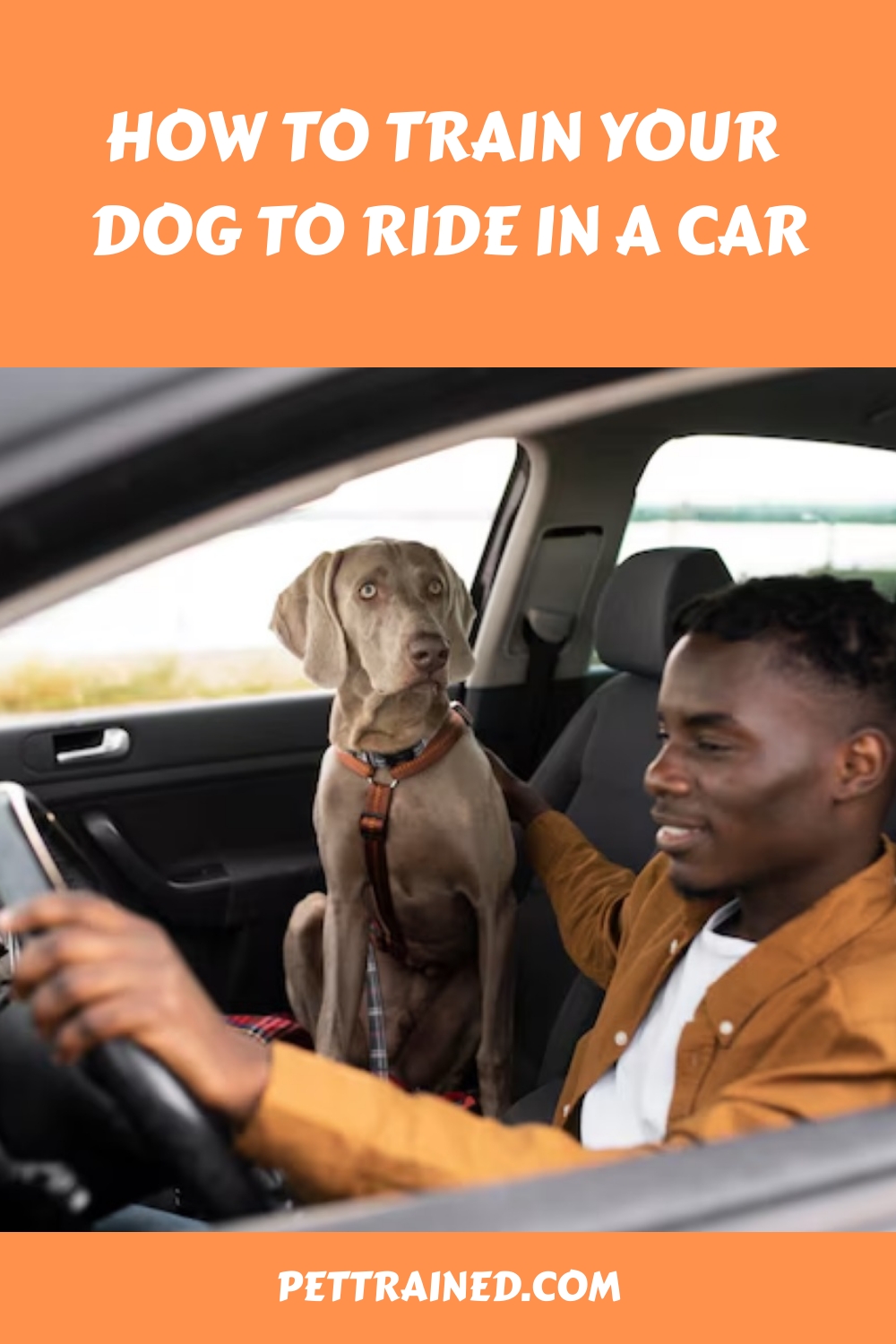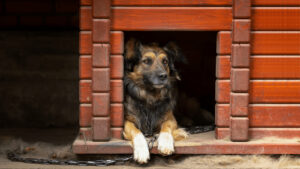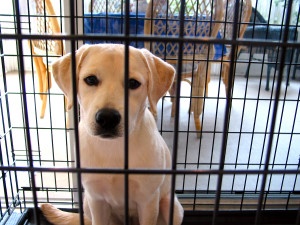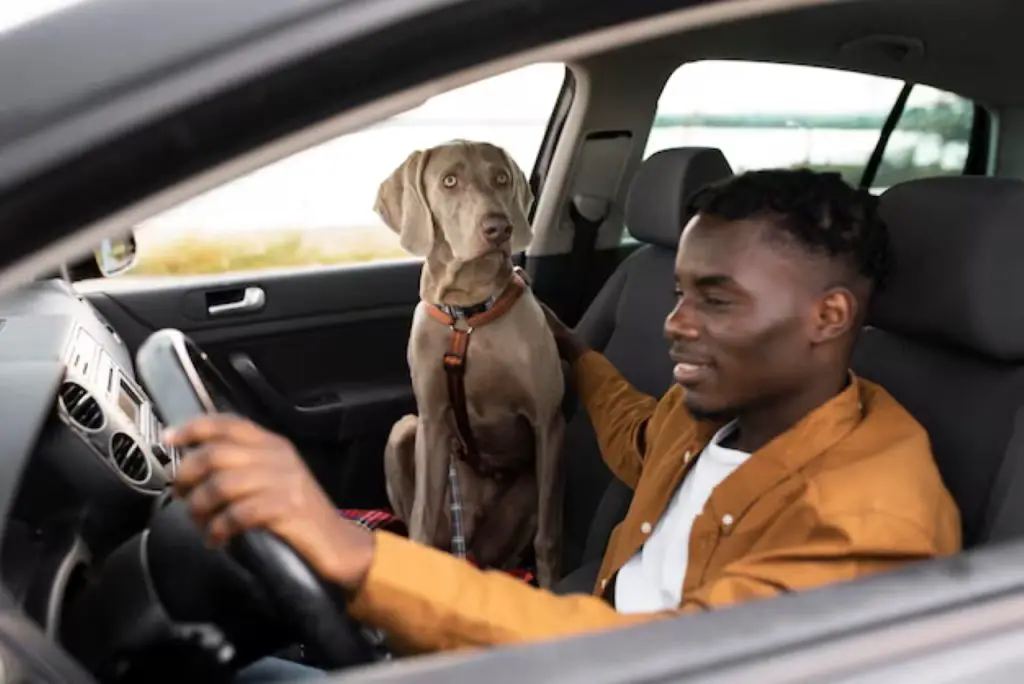
To train your dog to ride in a car, start by letting them explore the vehicle at their own pace to become familiar with it. Encourage them to enter the car voluntarily by using treats and toys. Begin with short sessions, gradually increasing the time spent in the car to reduce anxiety. Reward calm behavior with praise and treats. As your dog becomes more comfortable, you’ll need to contemplate a safe riding location, invest in a comfy dog harness, and take steps to secure their safety. With patience and consistency, you can set the stage for successful car travel and more.
Table of Contents
Get Your Dog Used to Car

Begin by letting your dog explore the car at its own pace, allowing it to become familiar with the new environment, sights, and smells.
This initial step is essential in helping your dog feel comfortable and reducing car anxiety. As you let your dog sniff and explore, be sure to provide plenty of praise and rewards for calm behavior.
As your dog becomes more comfortable, you can start to encourage it to enter the car voluntarily. Use treats and toys to entice them to hop in and out of the car.
Make it a game, and keep the atmosphere light and fun. This will help your dog associate the car with positive experiences.
This post contains affiliate links. However all the information provided on this site are my own honest opinions. See more in Disclaimer.
For added travel tips, consider starting with short sessions and gradually increasing the time spent in the car. This will help your dog become accustomed to the confined space and reduce anxiety.
Choose a Safe Riding Location
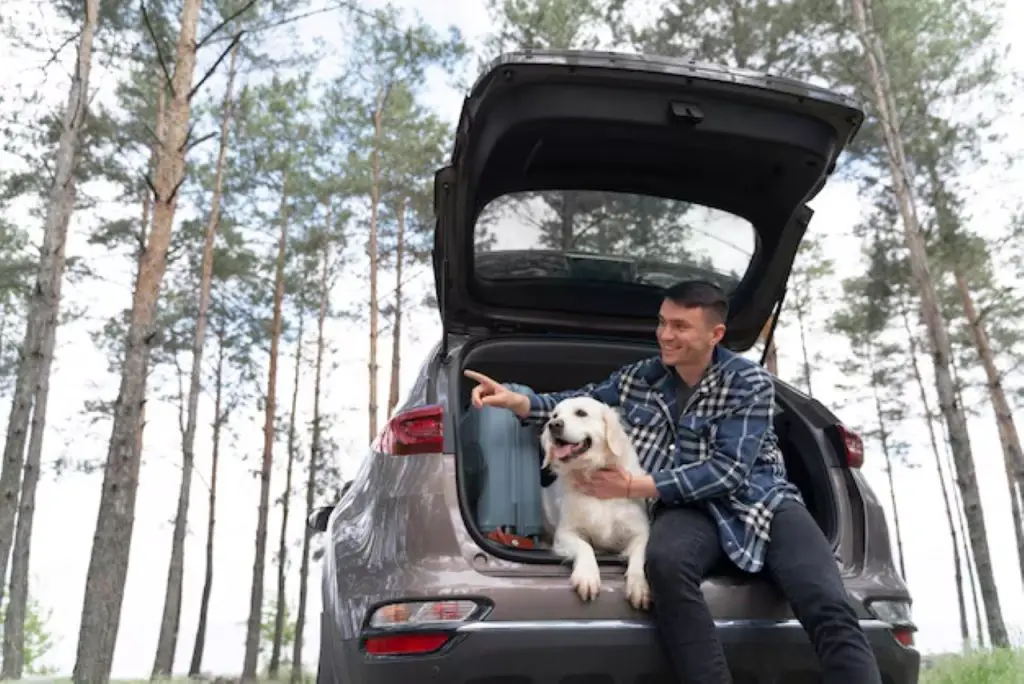
Now that your dog is comfortable with the car, you’ll need to decide where they’ll ride safely.
You’ll want to select a seat that provides the best protection for your dog in case of sudden stops or sharp turns.
Selecting the Right Seat
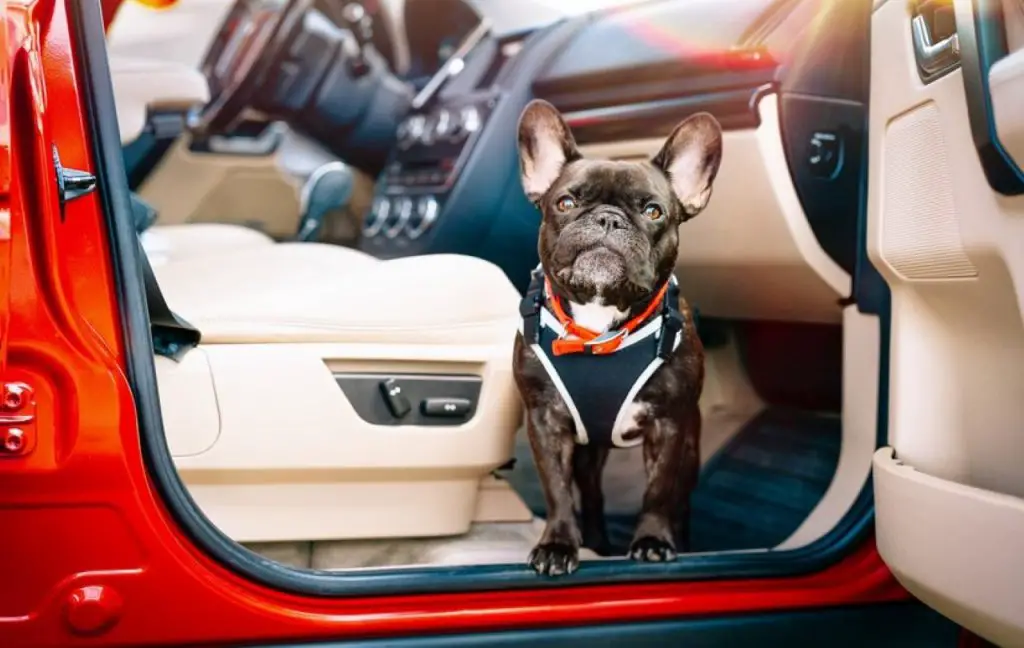
Choosing the right seat for your dog is essential, as it directly affects their safety and comfort while riding in the car. You want to guarantee your dog has a pleasant experience, and their seat preferences play a significant role in this.
Reflect on your dog’s comfort, size, and personality when selecting a seat.
Here are some factors to contemplate when choosing a seat for your dog:
- Back seat vs. front seat: Which seat provides more space and comfort for your dog?
- Window seat: Does your dog enjoy looking out the window, or do they prefer to snuggle up?
- Middle seat: Is your dog comfortable with being in the middle, or do they prefer a more secure spot?
- Bucket seats: If your car has bucket seats, consider a dog car harness for added safety.
Securing Your Dog Safety

You’ve selected a suitable seat for your dog; guarantee their safety while riding in the car by choosing a location that minimizes distractions and reduces the risk of injury.
When it comes to securing your dog’s safety, the location you choose is vital.
You’ll want to avoid placing your dog near airbags, as they can cause serious harm in the event of an accident. Instead, opt for a spot in the back seat or cargo area where your dog can ride comfortably without being too close to potential hazards.
Consider investing in dog safety gear such as harnesses, carriers, or crates specifically designed for car travel.
These travel essentials can help keep your dog secure and prevent them from becoming projectiles in the event of sudden stops or turns.
Buy a Comfy Dog Harness
When preparing your dog for car rides, buying a comfy dog harness is an essential step, as it will help keep your pet safe and secure while traveling.
A well-designed harness will distribute the force of the seatbelt across your dog’s chest and shoulders, reducing the risk of injury in the event of sudden stops or sharp turns.
When selecting a harness, consider the following features:
- Breathable harness materials, such as mesh or cotton, to keep your dog cool and comfortable
- Comfort features, like padding or fleece lining, to prevent chafing and discomfort
- Adjustable straps for a secure and customizable fit
- Durable construction to withstand regular use and potential accidents
Start With Short Training Sessions
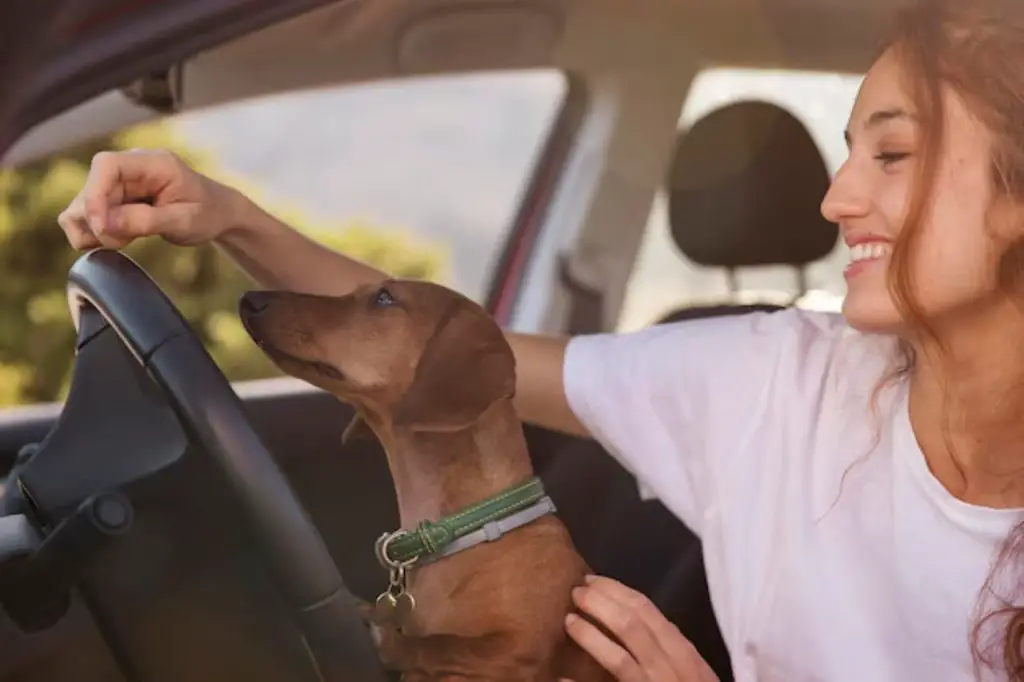
Now that you’ve got a comfy harness for your dog, it’s time to start training them to ride in the car.
You’ll begin by keeping training sessions short – this approach has multiple benefits, and we’ll explore those in detail.
Short Session Benefits
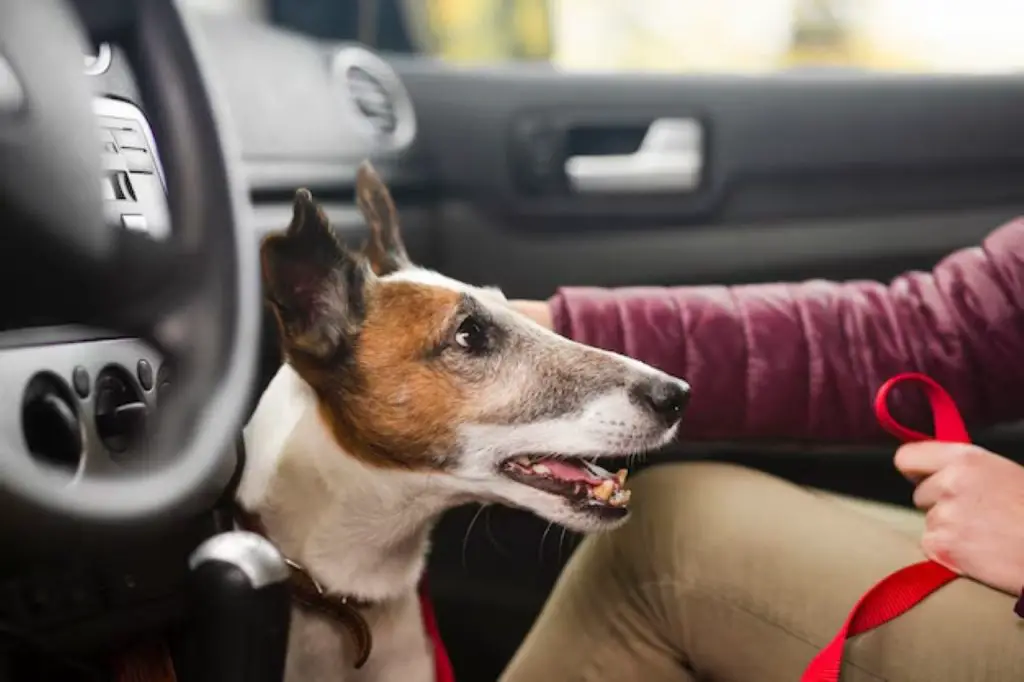
To help your dog quickly become comfortable riding in a car, start with short training sessions, which allow them to gradually become accustomed to the new environment without feeling overwhelmed.
By doing so, you’ll set the stage for a successful training experience.
Here are just a few benefits of keeping your training sessions brief:
- You’ll keep your dog’s stress levels in check, making it easier for them to focus on the task at hand.
- Short intervals allow you to provide plenty of positive reinforcement, which is essential for building confidence.
- Brief sessions prevent boredom and keep your dog engaged.
- You’ll avoid pushing your dog too hard, too fast, which can lead to setbacks and frustration.
Gradual Training Pace
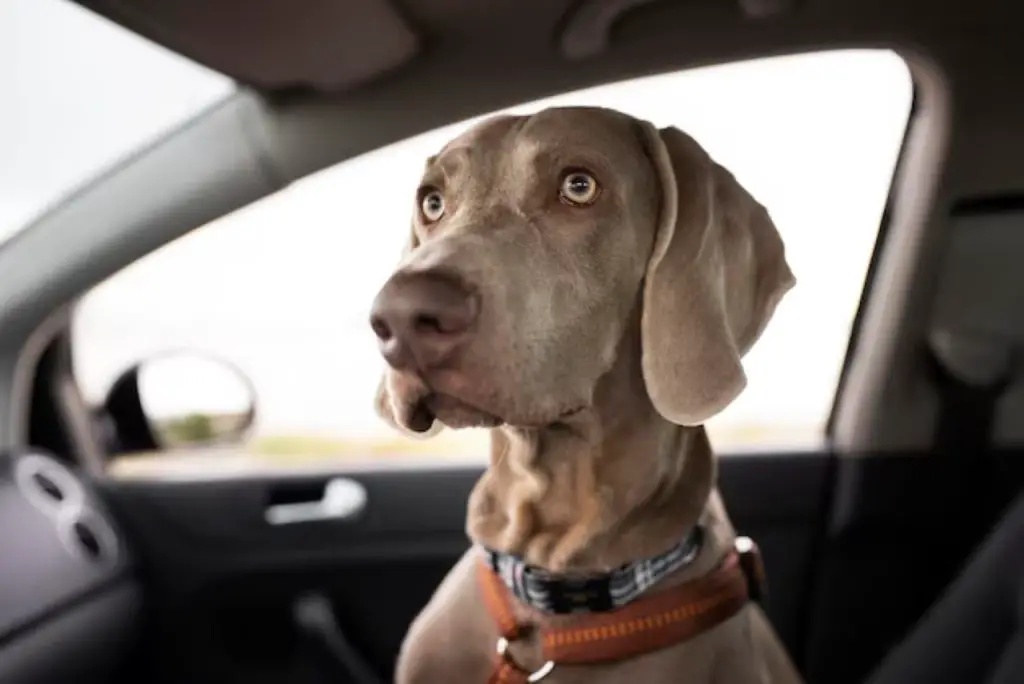
A gradual training pace is key to helping your dog feel at ease in the car, and it all begins with short training sessions that allow them to become comfortable with the new environment.
By starting with brief sessions, you’re giving your dog a chance to process and adjust to the sights, sounds, and smells of the car without feeling overwhelmed.
As you progress, you can gradually increase the duration of the sessions.
Environmental exposure is a vital aspect of this process. You’ll want to introduce your dog to various aspects of the car, such as the back seat, front seat, and trunk area.
This will help them become familiar with the different spaces and reduce anxiety.
Positive reinforcement is also essential during this phase. Reward your dog with treats and praise for calm behavior, but avoid pushing them beyond their comfort zone.
Rewarding Calm Behavior
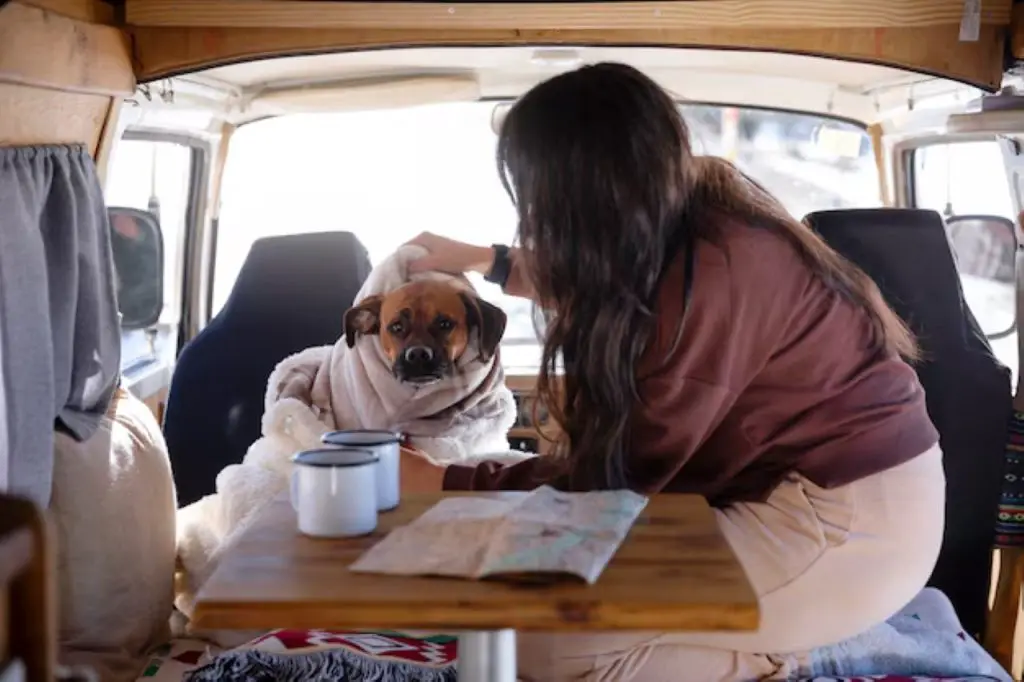
By focusing on rewarding calm behavior, you’ll encourage your dog to associate the car with positive experiences, building on the foundation established through gradual exposure and environmental exploration.
As you start with short training sessions, it’s crucial to recognize and reward your dog’s calm signals, such as relaxed body posture, slow breathing, and a calm demeanor.
To effectively reward calm behavior, consider the following:
- Use positive reinforcement techniques, such as treats and praise, to encourage good behavior.
- Be consistent in your rewards to avoid confusing your dog.
- Reward calm behavior immediately after it occurs to create a clear association.
- Gradually increase the duration of training sessions as your dog becomes more comfortable.
Reward Good Behavior With Treats
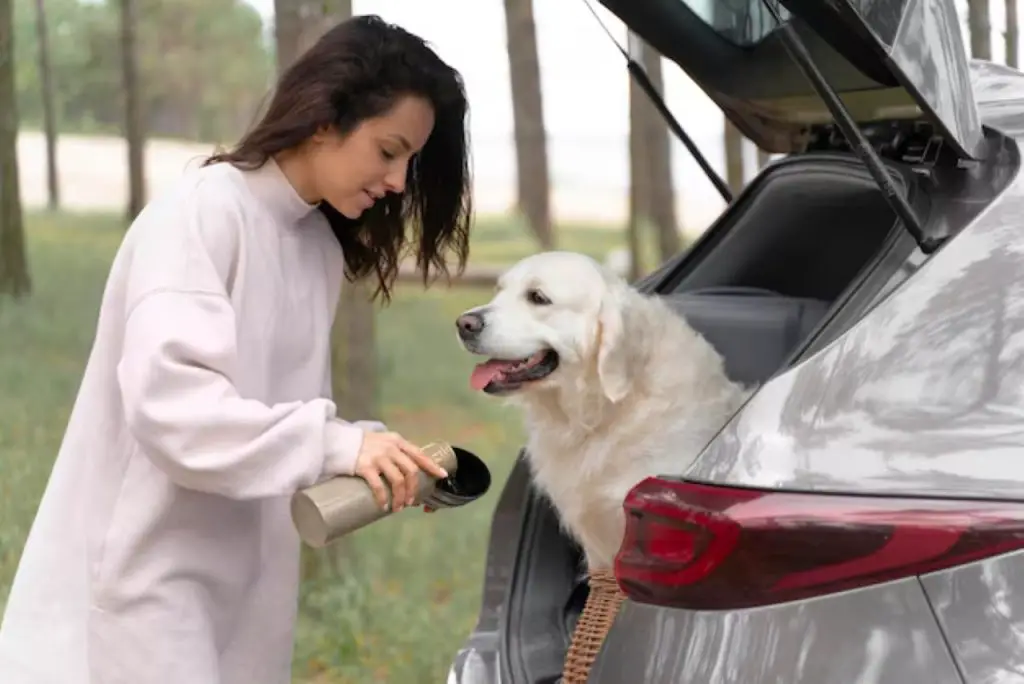
What motivates your dog to exhibit calm behavior in the car, and how can you reinforce it with rewards, such as treats, to create a positive association with car rides?
Trending in Dogs:
The answer lies in treat timing and positive reinforcement. You see, when your dog behaves calmly in the car, it’s vital to reward them immediately with a treat.
This creates a direct link between their calm behavior and the reward, making them more likely to repeat it in the future.
To implement this effectively, have treats ready and easily accessible while driving. The moment your dog exhibits calm behavior, such as sitting or lying down quietly, give them a treat.
Make sure to use a calm and assertive tone when rewarding your dog to avoid over-exciting them. Consistency is key, so be sure to reward good behavior every time it occurs.
By using positive reinforcement and treat timing, you’ll create a strong association between calm behavior and car rides, setting the foundation for a stress-free driving experience for both you and your dog.
With time and practice, your dog will learn to associate car rides with positive experiences.
Increase Car Riding Time Gradually

Now that your dog associates car rides with positive experiences, you can start increasing the duration of their car rides to help them become comfortable with longer periods of time spent in the vehicle.
Gradually increasing car riding time is key to preventing car anxiety and ensuring your dog feels calm and relaxed during car travel.
Here are some tips to help you increase car riding time gradually:
- Start with small increments of 5-10 minutes and observe your dog’s behavior and body language.
- If your dog appears relaxed and calm, you can continue to increase the duration of the car ride.
- Remember to reward your dog with treats and praise for good behavior, using positive reinforcement techniques.
- Consider taking regular breaks during longer car rides to give your dog a chance to stretch and exercise.
Desensitize Your Dog to Motion
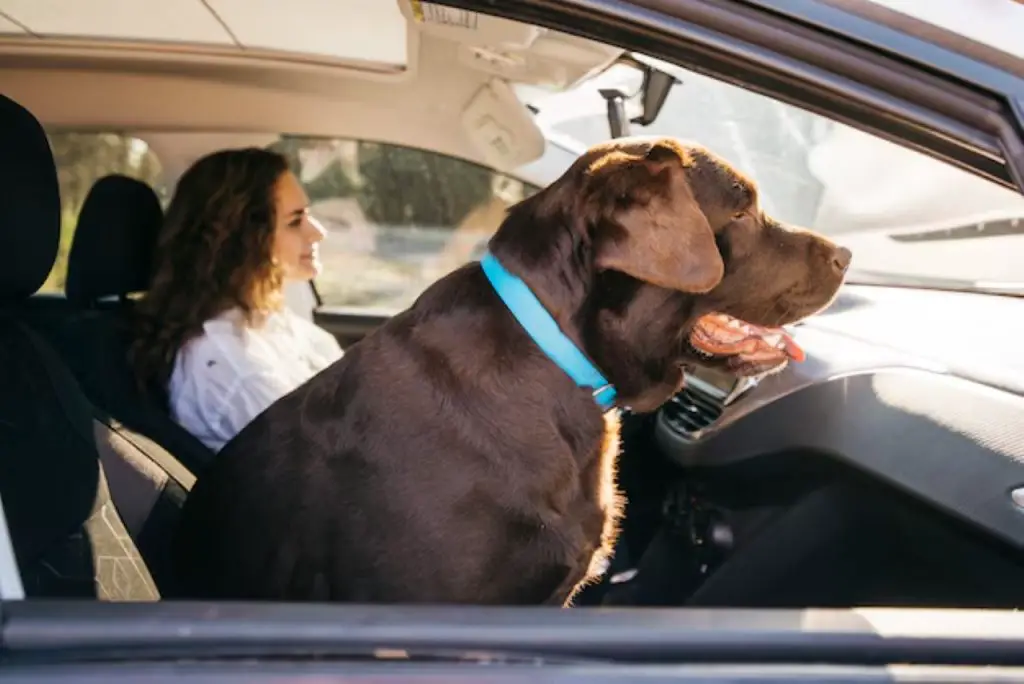
Desensitizing your dog to motion is essential for reducing car anxiety and involves helping them become comfortable with the sensations of moving, such as accelerating, braking, and turning.
To start, find a quiet area like an empty parking lot where you can drive your car without distractions. Begin by driving in straight lines, then gradually introduce gentle turns and slow braking.
Reward your dog with treats and praise for remaining calm, using positive reinforcement to associate the motion with pleasant experiences.
As your dog becomes more comfortable, you can increase the intensity of the movements, but be cautious not to trigger motion sickness.
Watch for signs of distress, such as panting, yawning, or whining, and slow down or stop if necessary.
Gradually increasing your dog’s exposure to motion will help them become desensitized to the sensations, reducing anxiety and making car rides more enjoyable.
Remember to maintain a calm and patient demeanor, as your dog will pick up on your emotions and respond accordingly.
With consistent practice and positive reinforcement, your dog will learn to ride comfortably in the car.
Practice Riding on Busier Roads
You’ll take your dog’s training to the next level by practicing car rides on busier roads, which will help them become confident and calm in heavier traffic conditions.
This exposure will enable your dog to handle the increased traffic noise, passenger distractions, and other stimuli associated with city driving.
By gradually introducing your dog to busier roads, you’ll help them generalize their learning and build resilience in the face of new challenges.
To make the most of this training phase, consider the following tips:
- Start by driving during off-peak hours to minimize stress and gradually increase the traffic volume.
- Keep the windows rolled up to reduce noise and distractions.
- Reward your dog for remaining calm and composed.
- Have a passenger assist in providing treats and praise to maintain focus.
Frequent Questions
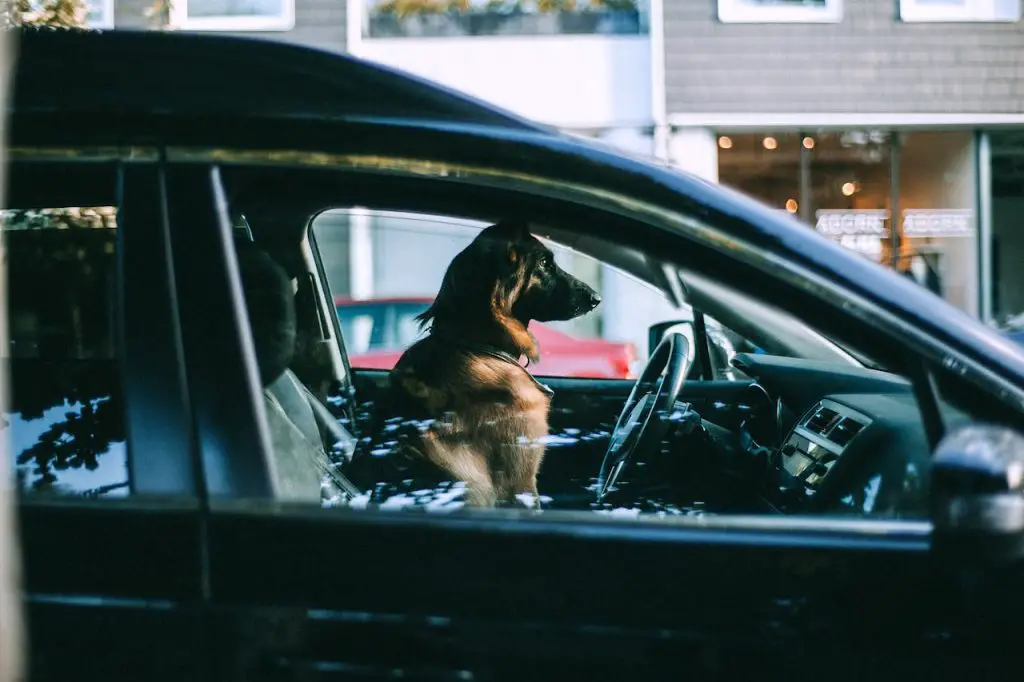
You can let your dog ride in the front seat, but prioritize front seat safety by using dog harnesses specifically designed for cars, which will help prevent distractions and injuries to both you and your dog.
Facing fearsome fussiness from your furry friend? Don’t worry, you can help alleviate anxiety and motion sickness with proven remedies like calming treats, and anxiety management techniques, such as gradual exposure and soothing music.
“You’re experiencing difficulties with an anxious pup during car rides. Utilize calming techniques, such as gradual exposure and crate training, to create a comforting environment. This will help you keep your dog calm and peaceful during drives.”
You might wonder if older dogs can learn new tricks – literally. The truth is, with patience and consistency, you can train an older dog to ride in a car using gradual car acclimation techniques.
You shouldn’t sedate your dog for car rides due to safety concerns. Instead, consider sedation alternatives like calming music, pheromone diffusers, or calming treats. These options can help reduce your dog’s anxiety without compromising their safety.
